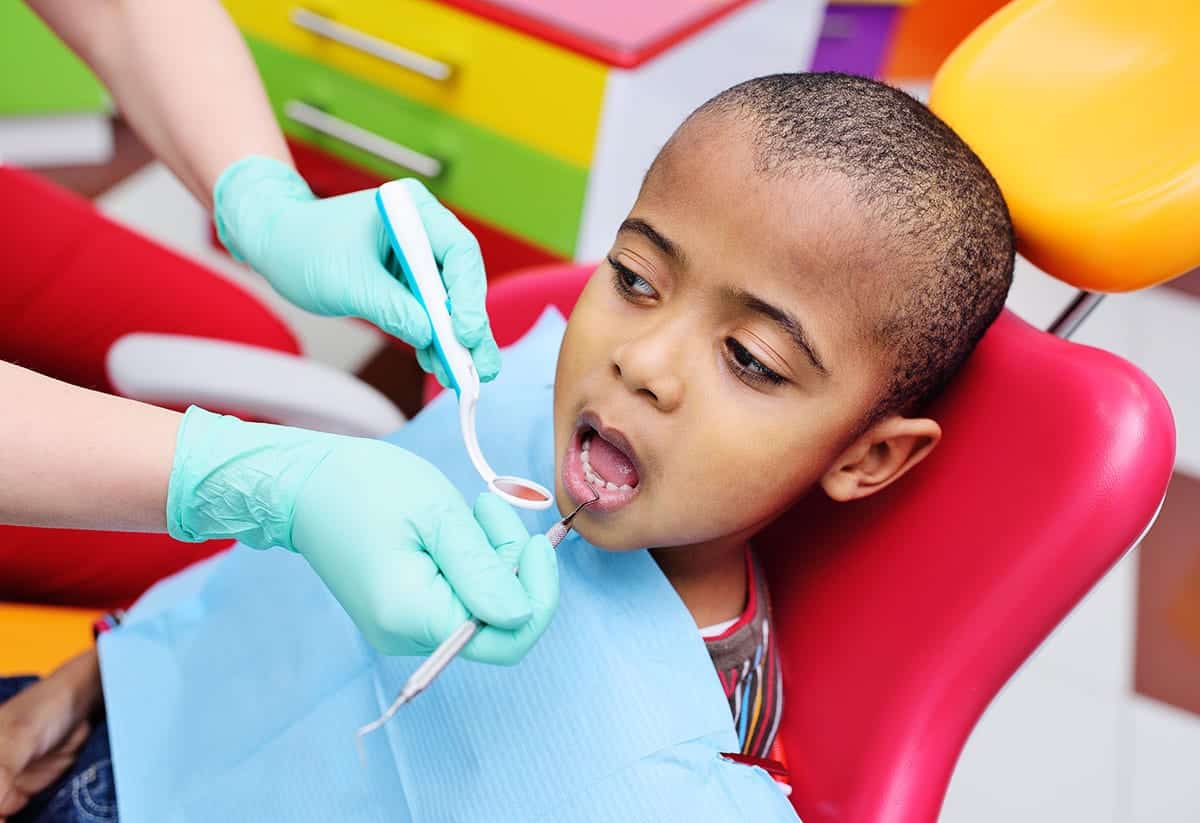Child’s First Dental Emergency: What Parents Should Know
Experiencing your child’s first dental emergency can be unsettling, but knowing how to handle the situation can make it less stressful for both you and your child. Dental emergencies in children are common due to their active lifestyles and developing oral structures. Here’s how to recognize and manage these situations effectively.
Common Dental Emergencies in Children
Children often experience dental emergencies due to accidents, falls, or other unexpected incidents. Understanding how to respond can make a significant difference in their recovery.
Knocked-Out Tooth
If your child’s tooth gets knocked out, acting quickly is crucial. If it’s a baby tooth, reinsertion is not necessary, but consulting a dentist ensures the surrounding teeth and gums remain healthy. For a permanent tooth, quick action can save it. Handle the tooth by the crown, avoiding contact with the root, and rinse it gently in milk or water. Place it in a container with milk or a saline solution and visit a dentist immediately.
Chipped or Broken Teeth
A chipped or broken tooth can be alarming, but there are steps to take before seeing a dentist. These injuries often result from falls, sports injuries, or chewing on hard objects. Even if your child is not in pain, damage may expose sensitive areas or nerves. Rinse their mouth with warm water to clean the area and apply a cold compress to reduce swelling. Save any broken fragments and visit the dentist promptly to prevent further issues.
Severe Toothaches
Toothaches can be caused by cavities, infections, or food particles stuck between teeth. If your child complains of pain, rinse their mouth with warm saltwater and gently floss to remove any lodged debris. Over-the-counter pain relievers suitable for children can help alleviate discomfort, but avoid applying aspirin directly to the gums, as this can cause irritation.
Managing Dental Pain and Swelling
Pain and swelling can indicate infections or trauma. Knowing how to manage them can provide relief before seeing a dentist. Swelling and pain, especially if accompanied by fever, may signal a dental infection or abscess, which requires immediate care. Encourage your child to rinse their mouth with saltwater to reduce bacteria and inflammation. Applying a cold compress to the cheek near the swollen area can help control pain and minimize swelling. Do not delay seeking emergency dental care, as untreated infections can spread and lead to more severe complications.
If an object is stuck between your child’s teeth, flossing gently may help dislodge it. However, avoid using sharp tools to remove it, as this can damage the teeth or gums. If flossing doesn’t work, consult a dentist who has the appropriate tools to handle the situation safely.
Key Steps to Handle a Dental Emergency
During a dental emergency, remaining calm and taking the right steps can prevent further complications.
- Stay Calm: Your reaction influences your child’s response.
- Assess the Situation: Check for bleeding, swelling, or missing teeth.
- Rinse and Clean: Use warm water or saline solution to clean the affected area.
- Control Bleeding: Apply gentle pressure with sterile gauze.
- Apply a Cold Compress: Reduce swelling and discomfort.
- Contact a Dentist: Seek professional care for serious injuries.
- Monitor for Symptoms: Watch for signs of infection, such as increasing pain, swelling, or fever.
Preparing for a Dental Emergency
Having a plan in place can help you handle dental emergencies more effectively. Keeping a dental first aid kit at home is a good start. Include items like sterile gauze, a small container with a lid (for transporting a knocked-out tooth), saline solution, over-the-counter pain relievers, and a cold pack. Knowing the contact information of your emergency dentist is also essential so you can act quickly when necessary.
Preventing dental emergencies is just as important as knowing how to handle them. Educate your child about oral care and safety precautions, encourage the use of mouthguards during sports, and teach them to avoid chewing on hard objects. Maintaining regular brushing and flossing habits can also strengthen their teeth and reduce the risk of injury.
When to Contact an Emergency Dentist
Knowing when to seek professional help is essential to protecting your child’s oral health. Some signs indicate the need for immediate dental care. If your child experiences persistent pain that doesn’t respond to home remedies, swelling in the face or gums, a knocked-out permanent tooth, or any dental issue interfering with eating or speaking, contact a dentist right away.
Dental abscesses, which are often marked by severe pain and swelling, require emergency treatment. These infections can spread quickly, causing complications in the surrounding tissue and even other parts of the body. A dentist will evaluate the situation, drain the abscess if needed, and prescribe antibiotics to treat the infection.
Dr. Molly Rodgers Dental: Your Partner in Pediatric Dental Care
At Dr. Molly Rodgers Dental, we understand the anxiety that comes with your child’s first dental emergency. Based in Edmonton, we are committed to providing prompt and compassionate care to address dental issues and alleviate your worries. Whether it’s a knocked-out tooth, a severe toothache, or any other dental emergency, our experienced team is here to help. Contact us today to ensure your child receives the best care in a comforting environment.

